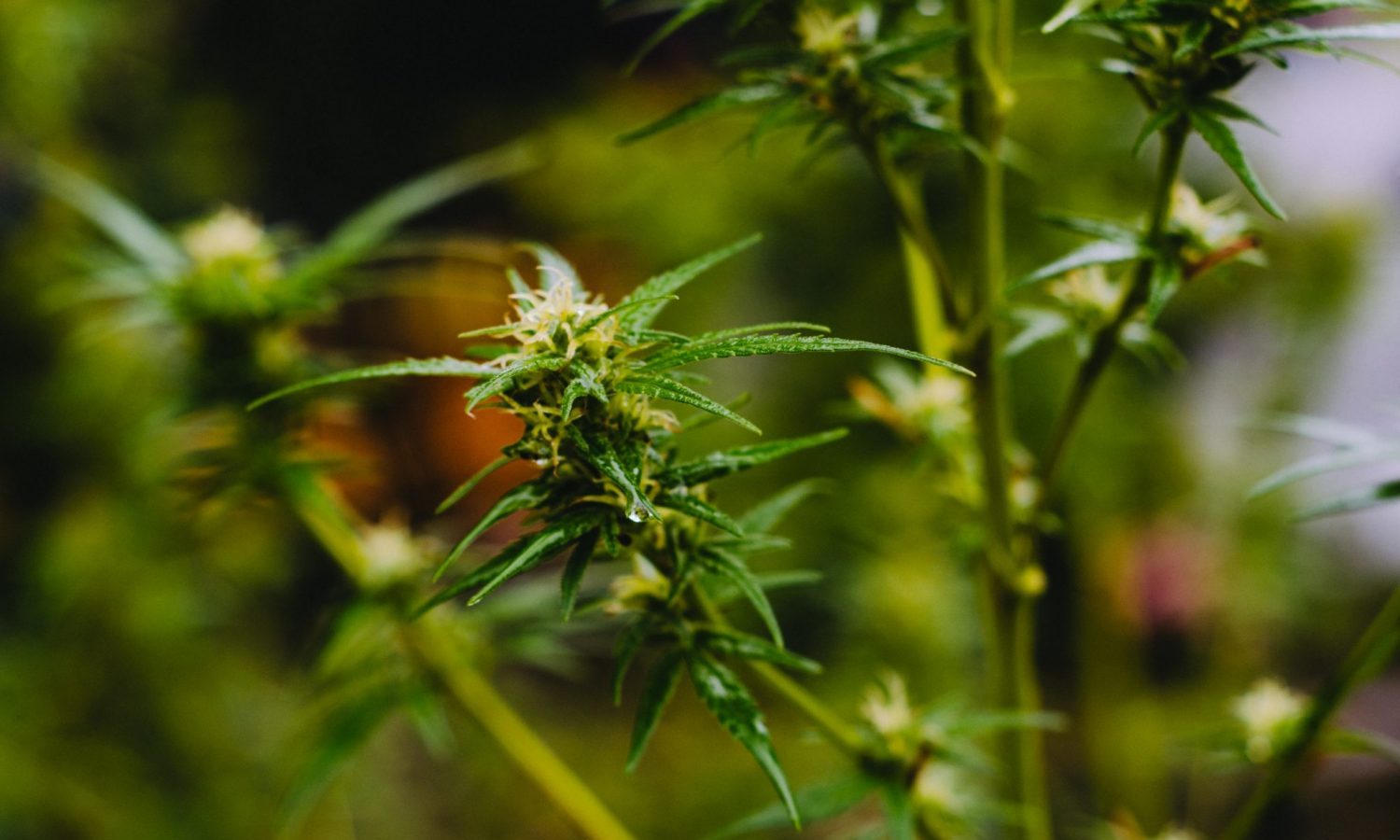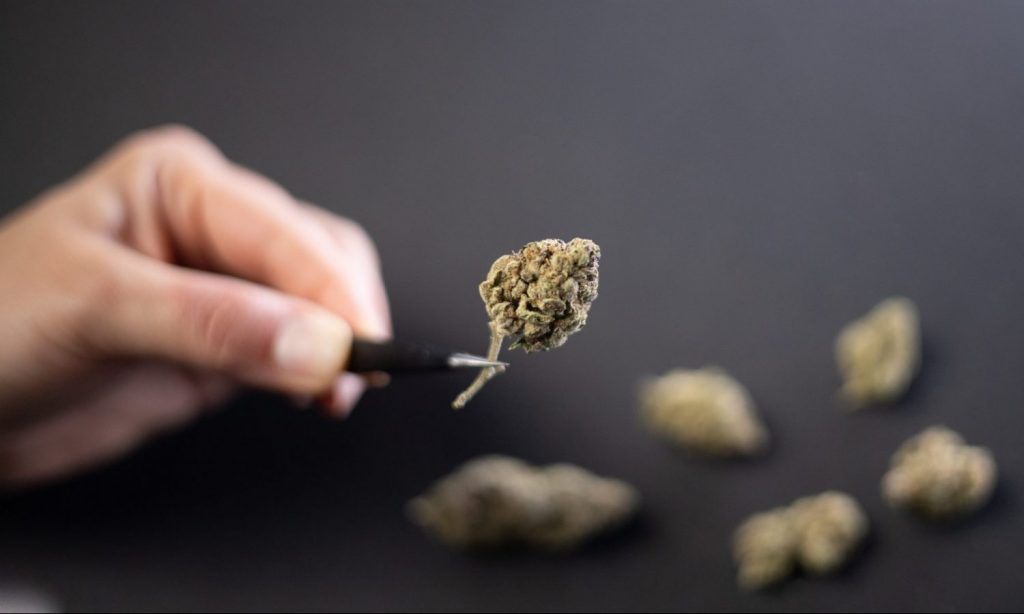You are here
Home 🌿 Cannabis Technology News 🌿 Is There A Difference Between Indica And Sativa Strains? 🌿Is There A Difference Between Indica And Sativa Strains?

The terms indica and sativa were initially used to refer to the look of the cannabis plant. Here is what experts think of them today.
Some of the most popular terms within the cannabis world are indica and sativa. They are unavoidable when purchasing cannabis or when talking to someone who smokes weed regularly. As cannabis legitimizes across the country, industry experts have started to question the validity of these terms. Are they still relevant?
The terms indica and sativa are used to describe the effects of a particular strain of cannabis. Indica strains denote a more mellow experience, while sativas are meant to leave users energized and creative. For plant growers, the terms indica and sativa are meant to distinguish the way the plant looks. Indica leaves are broader, sativas are taller, with narrow leaves.

Photo by Heath Korvola/Getty Images
“‘Indica’ and ‘sativa’ were used to distinguish between cannabis varieties based on physical characteristics,” Jeff Chen, founder of UCLA Cannabis Research Initiative, told Insider. “But at some point, popular culture began attaching distinctions in the effects from consumption of indica versus sativa, despite no evidence of this.”
While your budtender or friend may advocate for a particular strain, the reality is that it’s all dependent on the batch itself and on the effect it has on you. Depending on the type of cannabis, an indica strain might be more energizing than a sativa and vice versa.
Nowadays, the lines between sativas and indicas are incredibly blurred, to a degree where experts call these labels “meaningless.” Over the years, cannabis has been extensively crossbred, resulting in cannabis plants that have parts of both indica and sativa strains. Another influencing factor is the environment where the plant is grown; things like sunlight, temperature, and humidity are big contributors. The same strain might be different when grown in Colorado than when grown in California.

Photo by Kindel Media from Pexels
No matter the genetics of the plant, cannabis interacts with our bodies in very complex ways. It’s why a friend might experience a completely different reaction from the same batch of cannabis as you do.
Contemporary data on cannabis shows how important terpenes are, which might provide better orientation when choosing a strain or marketing its effects. Not only are they responsible for providing taste and aroma, they also support and influence the effects of other cannabis compounds, playing an important part in cannabis’ entourage effect.
Cannabis remains mysterious and more research is needed in order to market it better and develop a better understanding of its effect on our bodies.
420 Intel is Your Source for Marijuana News
420 Intel Canada is your leading news source for the Canadian cannabis industry. Get the latest updates on Canadian cannabis stocks and developments on how Canada continues to be a major player in the worldwide recreational and medical cannabis industry.
420 Intel Canada is the Canadian Industry news outlet that will keep you updated on how these Canadian developments in recreational and medical marijuana will impact the country and the world. Our commitment is to bring you the most important cannabis news stories from across Canada every day of the week.
Marijuana industry news is a constant endeavor with new developments each day. For marijuana news across the True North, 420 Intel Canada promises to bring you quality, Canadian, cannabis industry news.
You can get 420 Intel news delivered directly to your inbox by signing up for our daily marijuana news, ensuring you’re always kept up to date on the ever-changing cannabis industry. To stay even better informed about marijuana legalization news follow us on Twitter, Facebook and LinkedIn.




